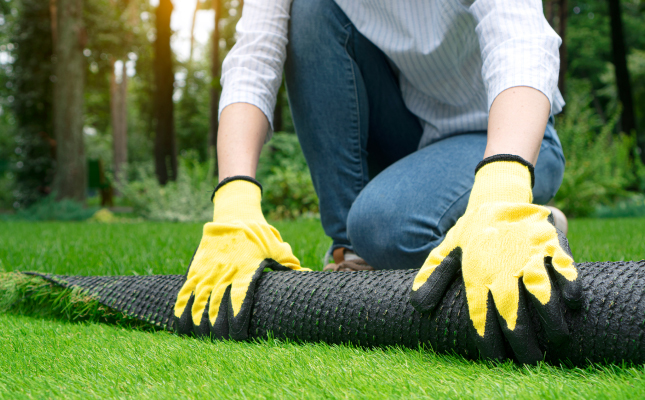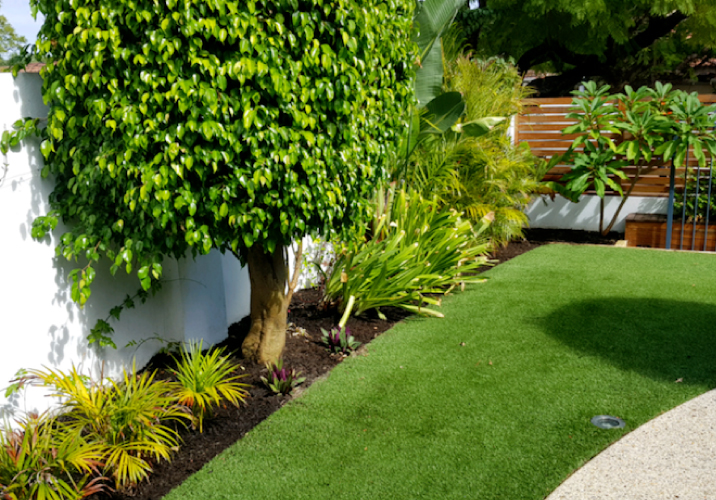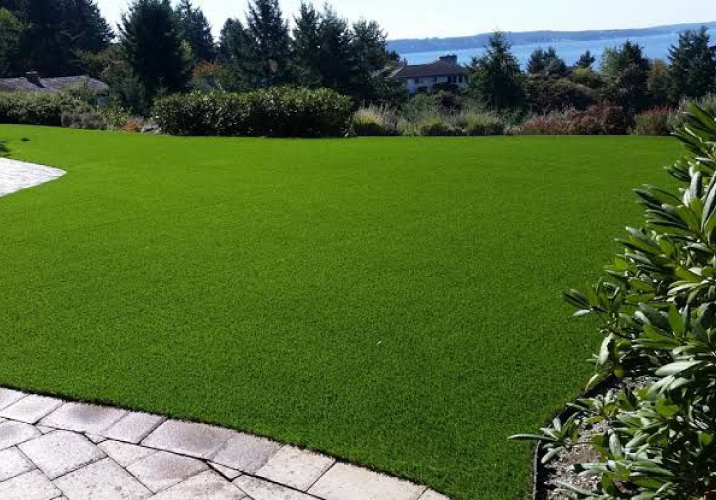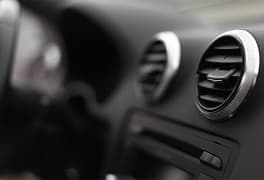
Find a local landscaper
- Inspiration /
- Outdoor projects /
- Gardening & landscaping /
- Synthetic turf...
Synthetic turf installation guide: Mistakes to avoid
Here's what not to do
There’s no doubt that synthetic turf in Australia is impressive water and money-saving investment. It commonly comes in plenty of types and sizes and has multiple applications in commercial, residential, and sports activity areas. It is also known for enhancing the quality of life and giving a new frame to the unused areas into lively spaces.
Installing it your own is not that easy as it seems. You need to follow detailed instructions and tools that are required to work for this real experience. So if you are all set to make that area look great once again, then don’t forget to check out these many common artificial turf installation mistakes to avoid.

Mistake 1: Inappropriate measurements
Most of us have heard this before, but we simply can’t emphasize it much. So make sure to double-check the measurements. Calculate the installation for at least two times from different angles while ensuring that you have enough turf to cover that area.
Mistake 2: Unsuitable base material
Experts generally recommend utilizing ¼” to 3⁄4” layer of crushed drain rock as the base material. Its coarseness helps in determining the drainage level of your new fake lawn. So better pick a grainy material if that area has severe drainage issues. In addition, you can even use rocks like pea gravel to create a sliding surface.
Mistake 3: Not paying attention to the grains
Generally, blades of every fake lawn available have a natural directing pattern. Make sure to pay full attention to the selected grain. Prefer laying the turf sheet in the same direction of that pattern so that there are no apparent closures. To achieve satisfying results, turf experts recommend making the grain face towards the viewer.
Mistake 4: Buying the grass sheet in batches
Purchasing the synthetic turf from separate vendors can be bizarre. Because all of the pieces bought at different times might have a little colour and tone variations, which can be observed when compared with one another. Preferably, get it once rather than buying half now and later.
Mistake 5: Uneven base

A fake lawn looks the best only when it is settled down on a plain and smooth surface. In any case, if the bottom surface has uneven wrinkles or bumps, then surely it will make your lawn looks less attractive. So make sure to remove the rocks and roots that can act as a roadblock component. Even bring a plate compactor in action to the base layer and keep rolling it until it becomes completely smooth.
Mistake 6: Don’t let the base flatten too much
As mentioned earlier, a compact surface is a must. Follow a 1% pitch angle towards the centre as it will make the artificial turf look more appealing, natural-looking while allowing water to drain from the core area.
Contact local landscaping experts
Mistake 7: Not using a weedicide
One of the most prominent benefits and why a majority of individuals prefer to install synthetic turf is that there’s no need to spray/use weed sprays for it. However, it is mandatory to apply a block layer underneath it to keep the bugs and insects at bay. It also prevents other plants and bushes from growing alongside the turf.
Mistake 8: Save those leftovers for repairs
Once the installation process finishes, throwing away the scraps is one of the worst ideas. Set out those leftovers for minor cuts or repairs. Besides, you can even utilize them as sample reference when you look forward to buying fake lawn sheets in the future.
How much will your job cost?
The Oneflare Cost Guide Centre is your one-stop shop to help you set your budget; from smaller tasks to larger projects.



